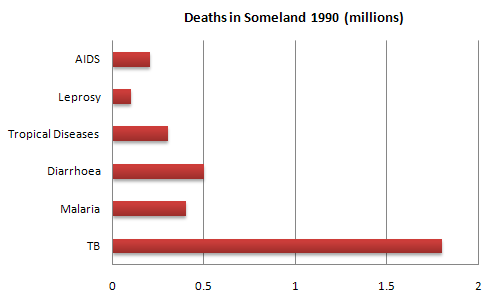How Many Words ?
The most confusing part of IELTS writing task, be it writing task 1 or writing task 2, is how many words do you need to write? Although, it is clearly written at least 150 words and at least 250 words, the most important confusion is whether you need to write exact number of words or more or is it okay to write few words less than the given word limit. You must have heard the following two things from people –
- You need not to write 250 or 150 words. Even if you write 10 words below the given word limit, it is perfectly fine and you will not lose marks.
- You must write, whatever you feel like. No body cares about the word limit, you must write, that much which will fetch you more marks.
WHAT IF YOU WRITE BELOW THE WORD LIMIT?
Well, you must be wondering, what if you wrote, 149 or 249 words in the two writing tasks?? Nothing much you will lose marks. The question clearly states that you must write at least 150/250 words . This means that you have to write these many words, and then you can even exceed. Remember, the examiners are very particular about the word limit and they actually go on to count them, so make sure you write minimum of 150/250 words, failing to which, will make you lose marks.
SO, DOES THAT MEAN YOU NEED TO WRITE MORE WORDS?
Well, writing more words, could land you in trouble if you write a lot.
- There is a time limit for both the tasks. If you put a lot of time on one task, you are sacrificing on the other task. Remember, just because you wrote more on one task than was required, does not mean you will get marks for the next task.
- Grammar mistakes become more evident if you write more than the word limit. Just imagine, if you keep on writing, it becomes very easy for you to make grammar errors, and this will bring down the overall marking.
- It is not only about writing, but also about planning and rechecking. Even more, you are marked on the basis of your quality and not on quantity. Make sure, you write well and check well.
THEN, HOW MANY WORDS SHOULD YOU WRITE?
Make sure you write, 10% above than the prescribed word limit. This means, you need to aim for writing 160-170 in the writing task 1 and 260-270 words in the writing task 2. But then, does it mean you need to actually go about and counting the words during the exam!! Well, no. There is a better way. Go on and download the official sheets of the IELTS and practice writing on them. After some time, you will be familiar with the answer sheet, making it easier for you to write during exams.
ARE ALL THE WORDS SAME?
Well, No. Hyphenated words such as First-class are counted as one word. Even more, the contraction words such as I’ll are counted as one word.
Remember, you cannot copy words from the question.
Learn the art of PARAPHRASING and score high.


